Taiwan TSMC: Japan’s Kumamoto factory opens on February 24th
・The first factory was completed in the fastest construction period of 18 months.
・TSMC’s Arizona factory is expected to open in 2025 or later.
We bring you a summary of Hisashi Katsumata’s World View article.

TSMC’s Kumamoto factory:
The opening ceremony will be held on February 24th this month.
Since construction began in April 2022, it was completed in 18 months, the fastest time.
Machine delivery will begin at the end of 2023. Semiconductor products will be shipped at the end of 2024.

Japan’s ‘Kashima’ builds Kumamoto factory:
Kashima was responsible for the construction of the Kumamoto factory.
Construction process of TSMC Kumamoto factory:
The construction speed surprised TSMC’s Taiwan headquarters.
Construction work was carried out on an “unprecedented 24-hour schedule” even during the coronavirus pandemic.
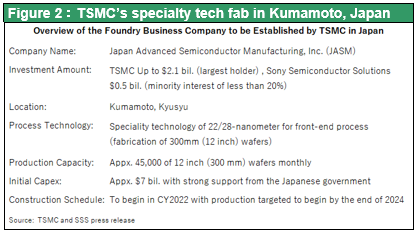
Mr. Ikuo Kabashima, Governor of Kumamoto Prefecture:
I heard that this construction would normally take 10 years.
Japan was late in attracting a factory in Kumamoto.
As a result, it was able to catch up and start operations faster than TSMC’s US factory.

Zhang Zhongmi, founder of TSMC:
At a press conference last fall, Zhang highly praised Japan.
1. Japan is an ideal place (for semiconductor manufacturing).
2. Land, water, and electricity are abundant, and the work culture is good.
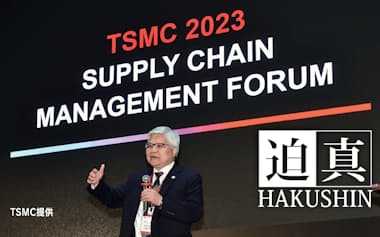
TSMC CEO Wei Zhejia:
In December 2023, TSMC gathered the leaders of its business partners at a meeting.
A special award was given to Kajima and other companies responsible for the construction of the Kumamoto factory.
”Thank you for your outstanding contribution,” he said.

TSMC’s Arizona factory
TSMC is currently building a factory in Arizona, USA.
However, coordination with Arizona’s labor unions will drag on.
The scheduled start of operations at the end of 2024 has been pushed back to 2025.
Mr. Zhang Zhongmo, founder of TSMC:
Mr. Zhang Zhongmo has publicly stated the following:
1. American workers are clumsy and lack diligence.
2. As a semiconductor manufacturing site, it leaves something to be desired.
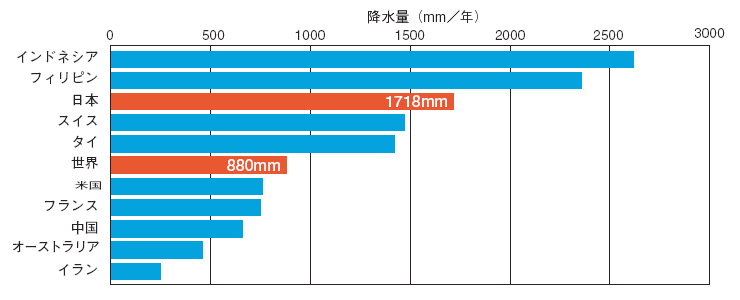
Semiconductor situation in Japan:
Japan has potential advantages over Taiwan. It can be summarized in the following three points.
(1) Abundant water resources, industrial land, electricity, etc.
Japan has abundant water resources:
Japan has more abundant water resources than Taiwan.
The annual rainfall in Japan is 6.4 times that of Taiwan and 6.2 times that of South Korea.
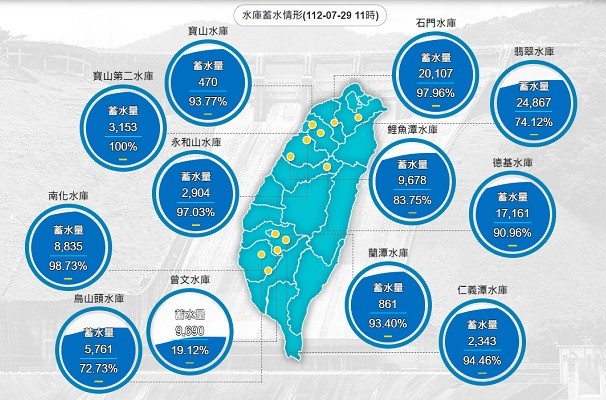
Taiwan’s water resources are poor:
80% of Taiwan’s water resources come from typhoons.
In 2021, there was no typhoon, resulting in a severe “water famine.”
There was an uproar over the inability to manufacture semiconductors in Taiwan.
Japan has an abundance of groundwater, so there is no such concern.
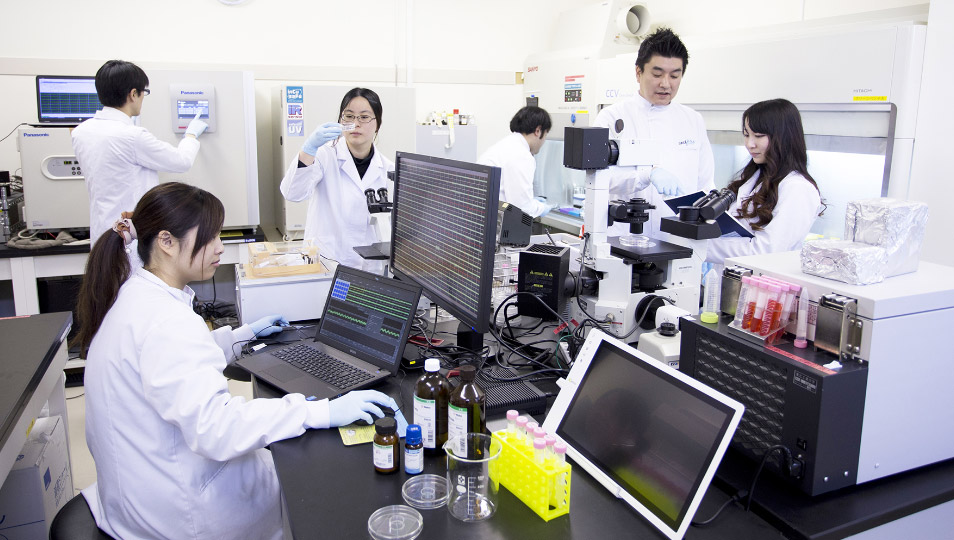
(2) Japan has an abundance of specialized engineers
Securing engineers in Taiwan:
Taiwan imposes a choice between serving in the military and becoming a semiconductor engineer.
This is proof that the Taiwanese government is putting effort into training semiconductor engineers.
1. The total population is 23.42 million (2023), one-fifth of Japan.
2. In the future, Taiwan will reach its limit in securing semiconductor engineers.
In Japan, many universities train semiconductor engineers (Faculty of Engineering, Department of Electronic Engineering).

(3) Technical standards of Japanese equipment and materials
Japan boasted a production share of over 50% of the world’s semiconductors in the 1980s.
From semiconductor manufacturing equipment to semiconductor materials, we have accumulated cutting-edge technology in one set.
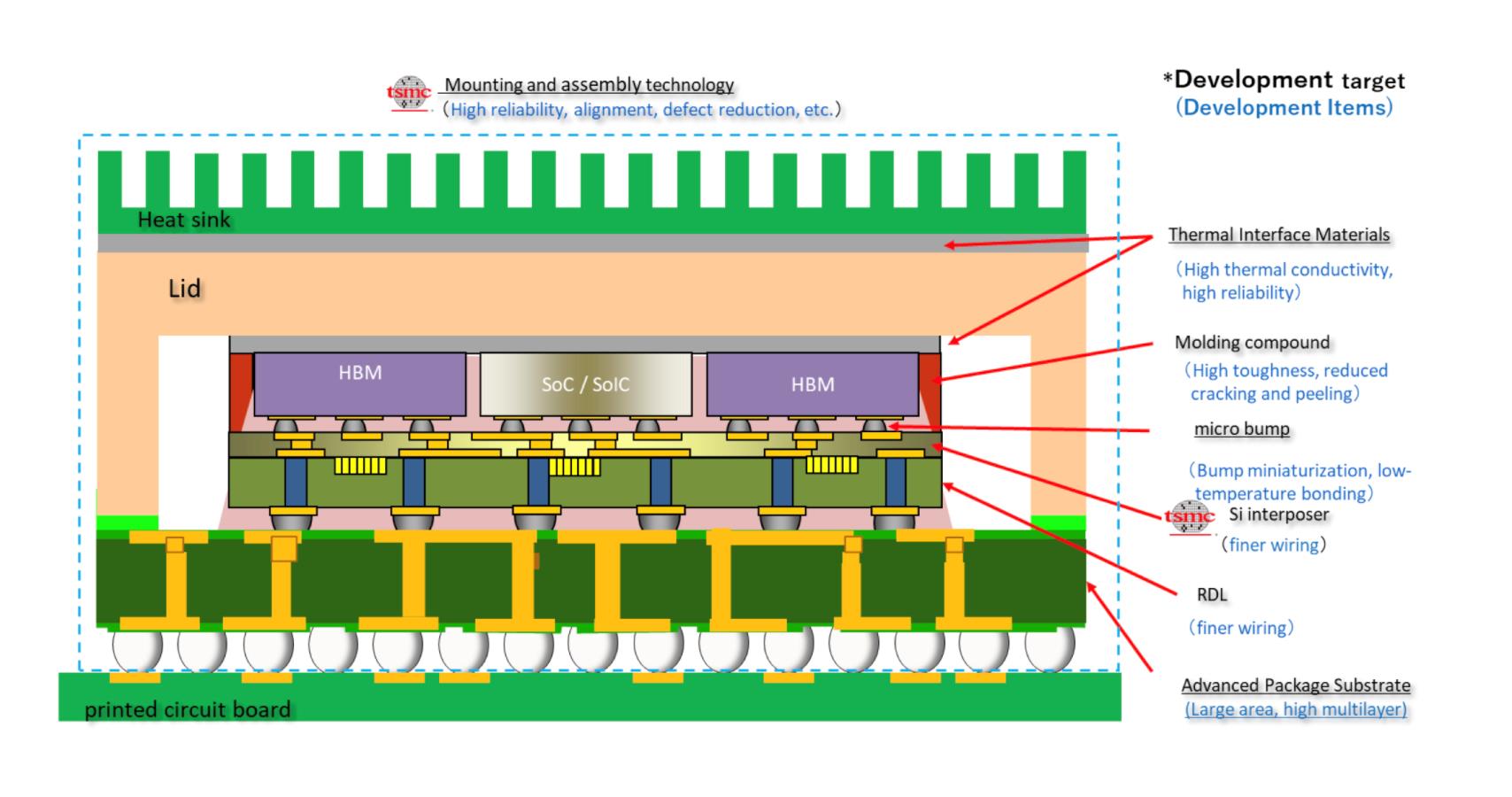
TSMC Tsukuba Research Institute
TSMC has a research institute in Tsukuba City.
We are participating in cutting-edge semiconductor research with a Japanese semiconductor material manufacturer.
There is no other country other than Japan where TSMC is most trusted.
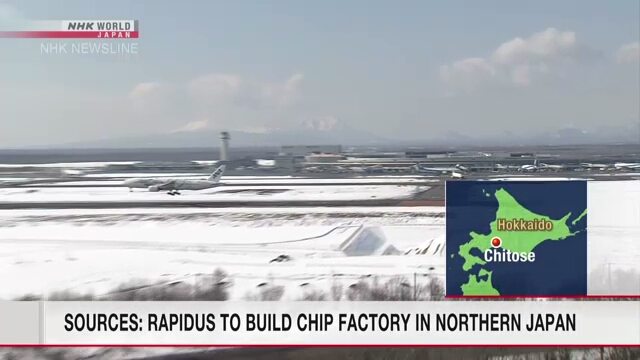
Rapidus Chitose factory
‘Kashima’ will also build a Rapidus factory in Chitose, Hokkaido.
In September 2023, Rapidus held a groundbreaking ceremony.
In April 2025, we will announce the next generation 2nano semiconductor prototype.
Mass production will begin in 2027, a tight schedule.
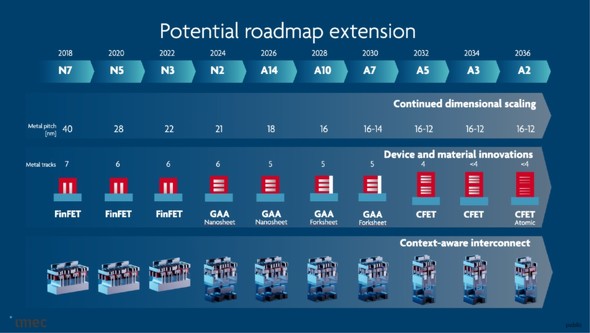
Japan’s semiconductor production plan:
Currently, Japan’s semiconductor production share is only 10%.
But Japan can tap into its potential semiconductor production capacity.
Lapidus is different from traditional Japanese semiconductor projects.
In partnership with IBM and iMEC Research Institute in the US, we will realize 2 nano semiconductors all at once.
Japan is basing its plan on careful planning based on past setbacks.
https://hisayoshi-katsumata-worldview.com/archives/34958684.html